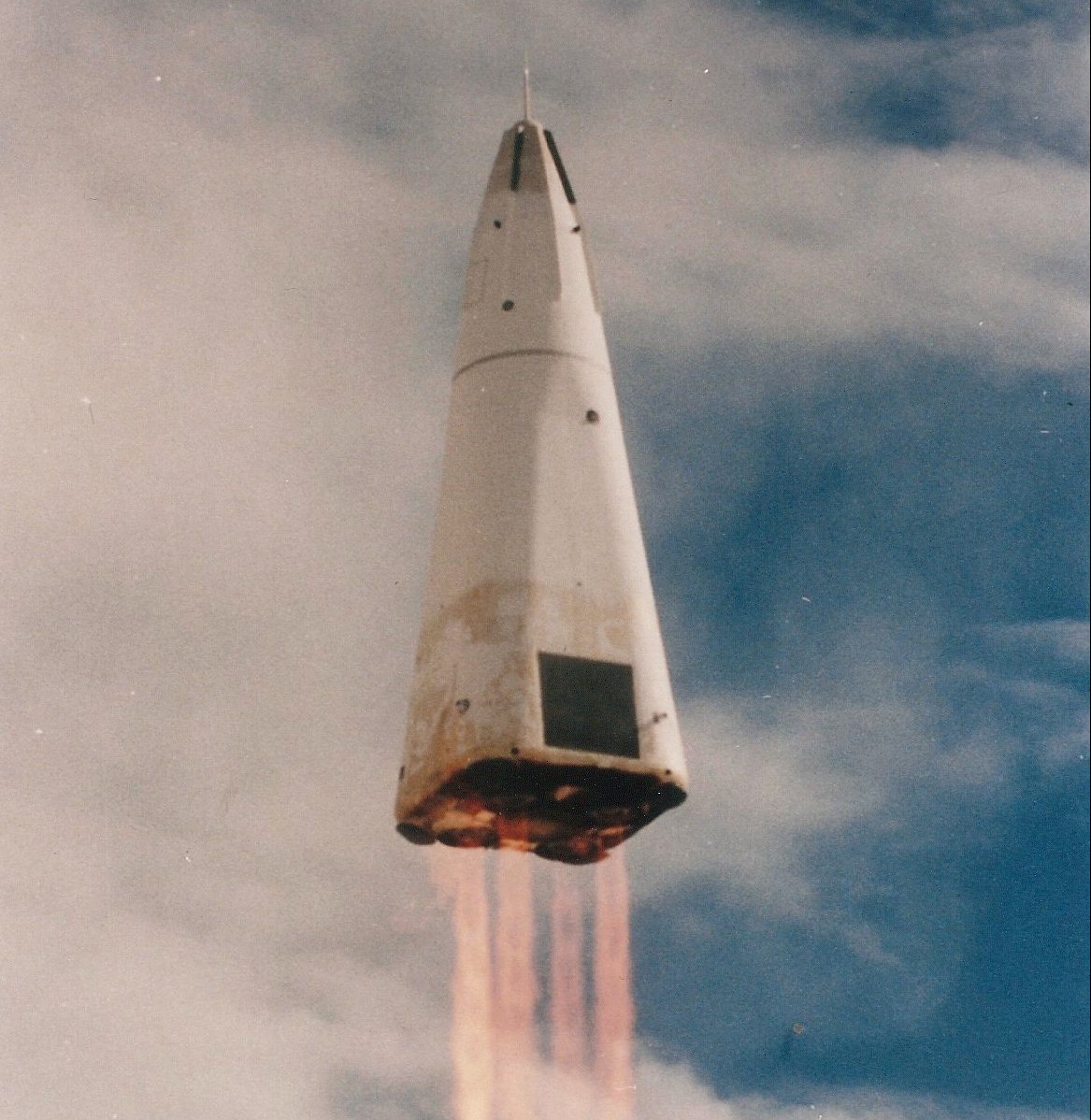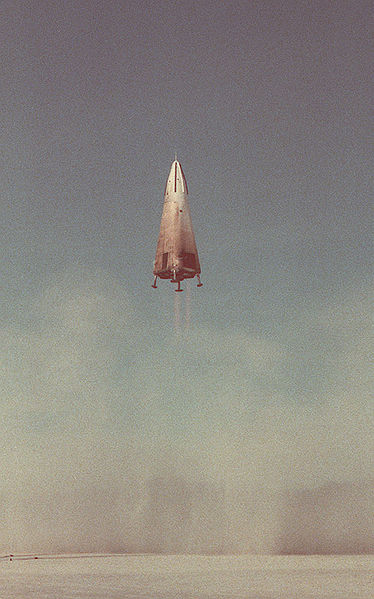
The International Space Hall of Fame (ISHF) and the New Mexico Museum of Space History inducted the members of the original Delta Clipper Experimental (DC-X) team into the ISHF on the evening of Saturday, Aug. 17. The ceremony was held in conjunction with the DC-X First Flight + 20th Anniversary and Spaceplane Conference, which was held August 16-18 at Spaceport America, N.M., and the New Mexico Museum of Space History in Alamogordo, N.M. The team was the first group ever to be inducted into this particular hall of fame, joining 154 other space luminaries, including Neil Armstrong and Wernher von Braun.

The DC-X was an unmanned, reusable single-stage-to-orbit prototypical vehicle built by McDonnell Douglas. While it never made it to orbit, it did achieve vertical flight and landing by a rocket, which had never before been attempted (save for in science fiction). Its maiden flight took place 20 years ago on Aug. 18, 1993. In 1996, the DC-XA (an upgraded DC-X) achieved an altitude record of nearly 10,000 feet (3,140 meters) in 142 seconds in its penultimate flight. The late famed astronaut Pete Conrad (Gemini V, Gemini XI, Apollo 12, and Skylab 2) worked on the project, announcing its launches.
The DC-X was completed in 21 months by a team of 100 people. Eleven of its team members are now United Launch Alliance (ULA) employees. The DC-X project taught many of its team members how to turn around a launch vehicle in unprecedented time. The project left resonances for its team, including Art Breinlinger, ULA Delta II production leader.
“I am grateful I had the opportunity to be part of the team that worked on this tremendously successful program, and I am grateful to the New Mexico Museum of Space History for its recognition of the anniversary of this ground-breaking achievement. The data we learned from that program provided the basis for initial concepts of operations for Operationally Responsive launch systems investigated in the 2000-2010 time frame,” he related.
In addition, the DC-X had four RL-10 rockets, which are still used to support critical operations by ULA’s Atlas V and Delta IV vehicles to this day. SpaceX tested its lateral flight rocket, Grasshopper, on Aug. 13, proving that the space industry is still captivated by the DC-X’s legacy two decades after its inception.
Some information for this article was sourced from the New Mexico Museum of Space History’s website
Want to keep up-to-date with all things space? Be sure to “Like” AmericaSpace on Facebook and follow us on Twitter: @AmericaSpace




One Comment
One Ping
Pingback:Original Delta Clipper Experimental Team Inducted Into International Space Hall of Fame | The Newspace Daily